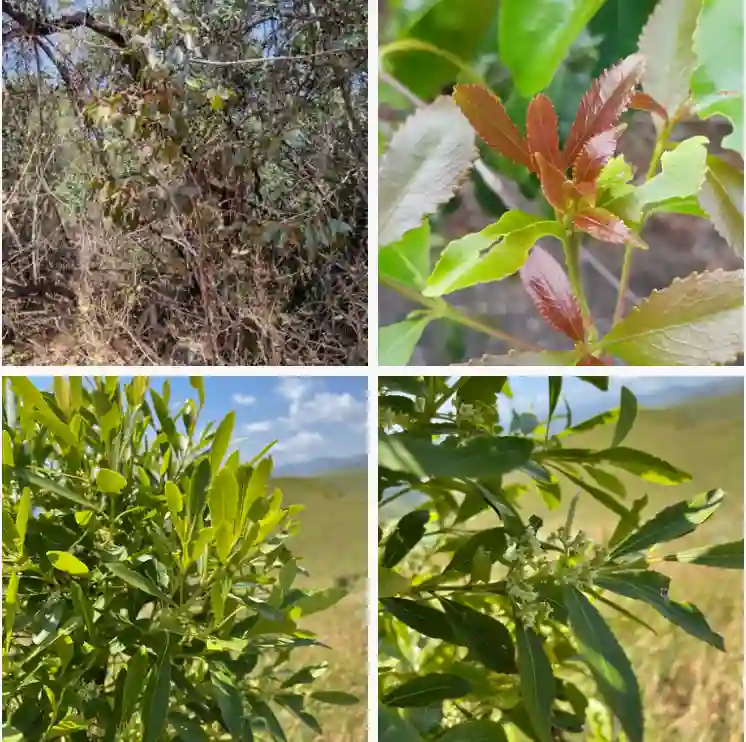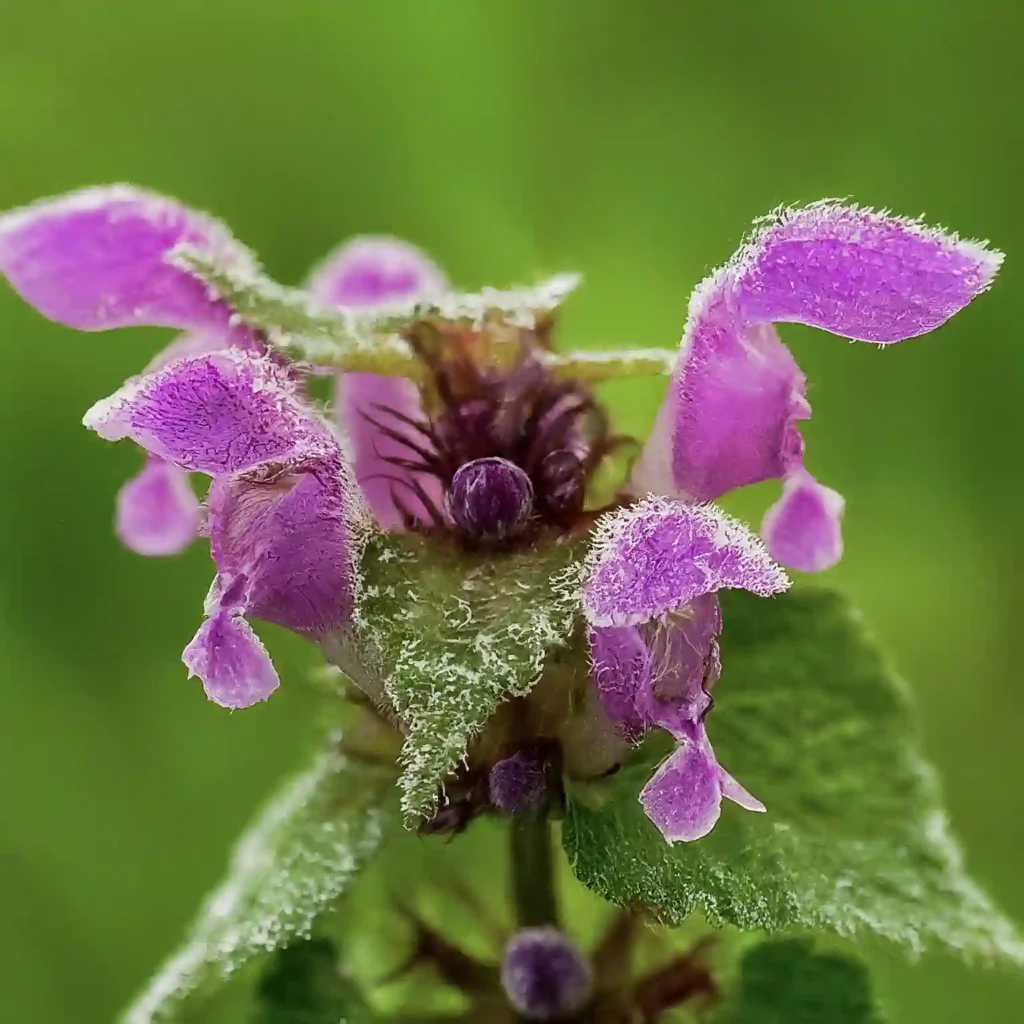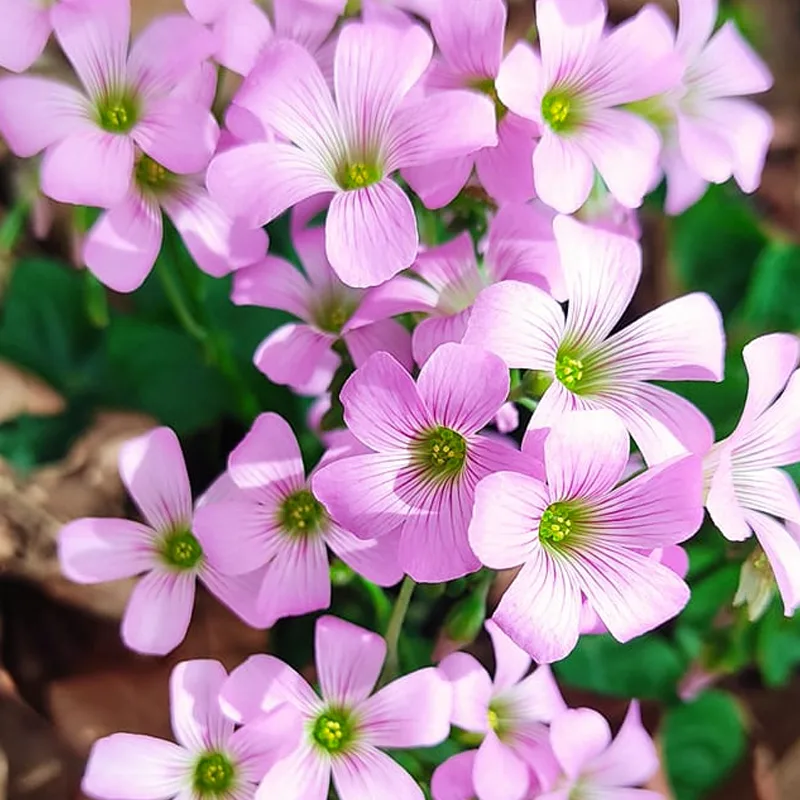What is Phalaenopsis Amabilis?
As a lover of all things beautiful and delicate, I couldn’t help but fall under the spell of the Phalaenopsis Amabilis, also known as the Moth Orchid. Its cascading blooms, resembling vibrant butterflies, bring a touch of elegance to any indoor space. But beyond its beauty, caring for this orchid has become a personal passion. Over the years, I’ve learned its secrets, and I’m here to share them with you!
This orchid species is native to Southeast Asia, thriving in warm, humid environments. Its captivating blooms come in a stunning array of colors, from classic white and lavender to vibrant pinks and purples. The Moth Orchid’s popularity stems from its relatively easy care requirements, making it ideal for novice orchid enthusiasts like myself.
89 Species in Genus Phalaenopsis
Phalaenopsis Amabilis vs Aphrodite
I find Phalaenopsis Amabilis to be a classic beauty with its large, pristine white flowers that bloom elegantly. The scent is subtly sweet, adding to its charm and making it a delightful addition to my orchid collection. Phalaenopsis Aphrodite, on the other hand, captivates with its intense magenta hues and delicate fragrance, which reminds me of a tropical paradise. Both are stunning, but my heart leans towards Amabilis for its timeless appeal and graceful presence in my home.
How to Care for Phalaenopsis Amabilis?
Keeping your Phalaenopsis Amabilis happy and blooming requires a few key considerations:
- Light: These orchids prefer bright, indirect light. Avoid harsh midday sun, as it can scorch the leaves. An east-facing window or a spot near a north-facing window with sheer curtains is ideal.
- Watering: Unlike most houseplants, Phalaenopsis Amabilis doesn’t appreciate constantly soggy soil. Their roots, which are visible and often silvery-white, act as indicators. When the roots turn a grayish-white, it’s time to water. Soak the pot completely for 10-15 minutes, then allow all excess water to drain before placing it back in its pot. Aim for weekly watering during the growing season and adjust the frequency based on the climate and pot size.
- Humidity: Mimicking the orchid’s natural environment is crucial. Ideally, aim for 50-80% humidity. Grouping your orchids together, placing them on a pebble tray filled with water (ensuring the pot doesn’t sit directly in water), or using a humidifier can help achieve this.
- Temperature: Phalaenopsis Amabilis thrives in warm temperatures, ideally between 65-80°F (18-27°C). Avoid placing them near drafts or air conditioning vents.
- Potting Medium: Unlike traditional potting soil, these orchids require a well-draining medium like orchid bark. This allows for proper air circulation to the roots and prevents rot.
- Fertilizing: During the growing season, a light application of orchid fertilizer diluted to half strength once a week is beneficial. Opt for a balanced fertilizer or one formulated specifically for orchids. During the resting period (usually winter), fertilizing can be reduced or stopped altogether.
Blooming Secrets: Encouraging Flower Power
While Phalaenopsis Amabilis generally blooms several times a year, there are ways to encourage more blooms:
- Light Adjustment: During the winter months, when natural daylight hours are shorter, providing supplemental light for 12-14 hours a day can stimulate flower spike development. Opt for cool white LED grow lights specifically for orchids.
- Temperature Fluctuations: A slight drop in night temperature (around 10°F cooler than daytime) can also trigger blooming. However, ensure the minimum temperature doesn’t fall below 60°F (15°C).
Repotting Your Phalaenopsis Amabilis
Over time, the orchid’s potting medium may break down, requiring repotting. Signs that your orchid needs a new home include visible roots outgrowing the pot, a deteriorating potting medium, or a leaning plant. Repotting should be done during the plant’s resting phase, when it’s not actively flowering.
Troubleshooting Common Phalaenopsis Amabilis Problems
- Drooping or wrinkled leaves: This often indicates dehydration. Check the roots and water thoroughly if they appear grayish-white.
- Yellowing leaves: This could be a sign of natural aging of lower leaves. However, excessive sunlight, underwatering, or nutrient deficiency can also cause yellowing.
- Brown spots on leaves: This could be caused by fungal diseases. Isolate the affected plant, remove the infected leaves, and treat the remaining plant with a fungicide specifically formulated for orchids.
The Joy of Phalaenopsis Amabilis
With a little care and attention, your Phalaenopsis Amabilis will reward you with breathtaking blooms for years to come. The process of nurturing this orchid has become a source of joy for me, a small but rewarding connection to the natural world within my home. So, why not embark on your own orchid adventure? You might just discover a newfound passion for these captivating Moth Orchids.
If i die, water my plants!



